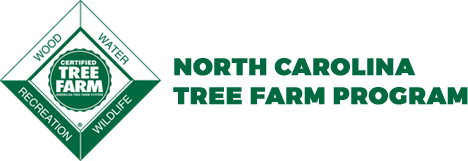Forestry 101: History of Your Land
What is the story of your land? Whether you are a new owner or your land has been in your family for generations, there’s always something new to learn about your land’s history. Understanding that story can impact your forest management decisions and ensure that you are protecting special sites such as family cemeteries during management activities. Here are some suggestions on how to uncover your land’s past.
Talk with family members, neighbors and long-time residents of the community. If the land has been in your family for a while, ask your relatives about their personal memories and the stories that have been handed down over the years. Seek out older residents in the community and the owners of neighboring properties who may remember visiting your property or knew the previous owners. They may be able to tell you how the property was used and where special features can be found.
Consider your property’s location. Is your land located in a part of the state where a significant historical event occurred? Is there a historical battlefield nearby or an area known to have been inhabited by Native populations in precolonial times? Knowing the local history may give you insight into the story of your land.
Look at public records. Visit the county Register of Deeds office to conduct a deed or title search that can tell you who has owned the property in the past. Property tax records will show how the property use has changed over time. The Register of Deeds may have land surveys on file that can help you identify boundary lines and easements. The local zoning and planning office can provide information on past land use and any zoning restrictions that may apply. The local permitting and inspections office can tell you if any building permits have been issued or buildings have been inspected on your property. This information may help you identify sites where buildings were once located.
Research historical documents. Church membership rolls and meeting minutes, family Bibles and census records may all provide information on the people who lived and worked on your land. Census records for 1790-1950 are available online through the National Archives. Visit your local library to find old maps, photographs and newspaper articles that may help you learn about the community and its people, historical events in the area and changes to the land. Reach out to the local historical society for additional information and guidance for your search.
Record what you learn and keep copies of the historical documents you find in a binder or notebook so that you can easily share this information with your family members and with the natural resource professionals working with you.
